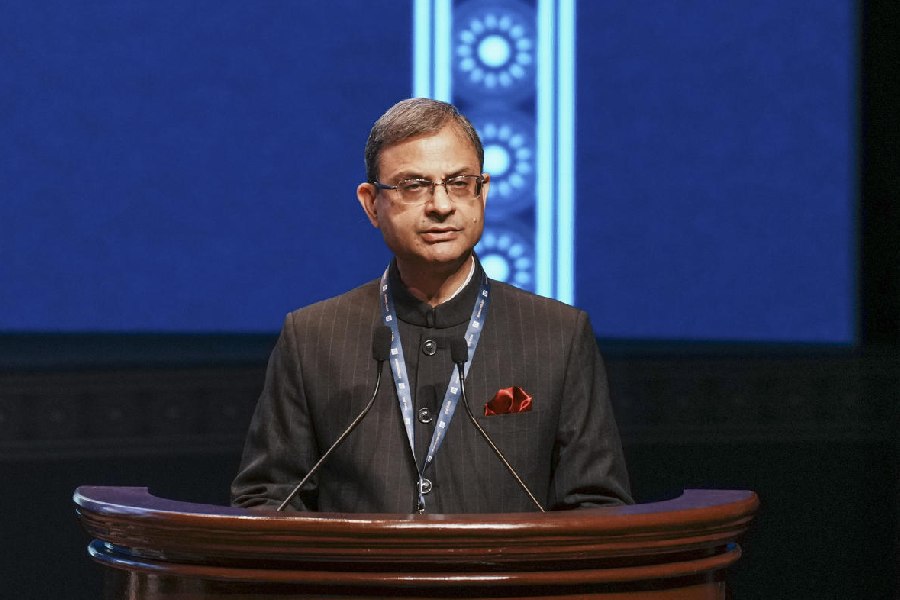RBI governor Sanjay Malhotra on Tuesday said that the role of the regulator has expanded beyond its initial mandate.
A quick look at the history of the RBI will show that in the formative years of the regulator between 1935 and 1949, the focus was solely on maintaining the sterling parity by regulating liquidity through open market operations (OMOs), with additional monetary tools of bank rate and cash reserve ratio (CRR). The role of the RBI has since then significantly widened to include price stability and inflation targeting.
“Today, we stand at the confluence of tradition and transformation, where the imperatives of price stability, financial stability and economic growth intersect with rapid technological advancements, global uncertainties, challenges of climate change and increasing public expectations,” Malhotra said.
The RBI governor said that the next decade will be crucial in shaping the financial architecture of India’s economy.
“We remain committed to expanding and deepening financial inclusion. We shall strive to foster a culture of continuous improvement in customer services and strengthening customer protection. It will be our endeavour to optimise our regulatory frameworks by balancing the interests of financial stability and efficiency,” Malhotra said while outlining the goals of the RBI.
“We will continue to support technology and innovation. We shall remain vigilant, adaptive, and forward-looking. We will continue to collaborate effectively with all stakeholders — governments and financial sector regulators, among others,” he said.
Union telecom minister Jyotiraditya Scindia, who had attended the 90th anniversary event, said there is a need for continued leadership foresight from the RBI amid challenges of rapid technological changes and global economic shifts.
“It will be essential to ensure that the RBI strikes a balance between innovation, growth and regulation, ensuring financial systems remain robust and secure and promote inclusion and resilience across the country,” he said.
₹2,000 notes
The RBI on Tuesday said 98.21 per cent of the ₹2,000 banknotes have been returned to the banking system, and only ₹6,366 crore worth of such notes are still with the public.
On May 19, 2023, the RBI announced the withdrawal of ₹2,000 denomination banknotes from circulation.
The total value of ₹2,000 banknotes in circulation, which was ₹3.56 lakh crore at the close of business on May 19, 2023, has declined to ₹6,366 crore at the close of business on March 31, 2025, the RBI said in a statement.

